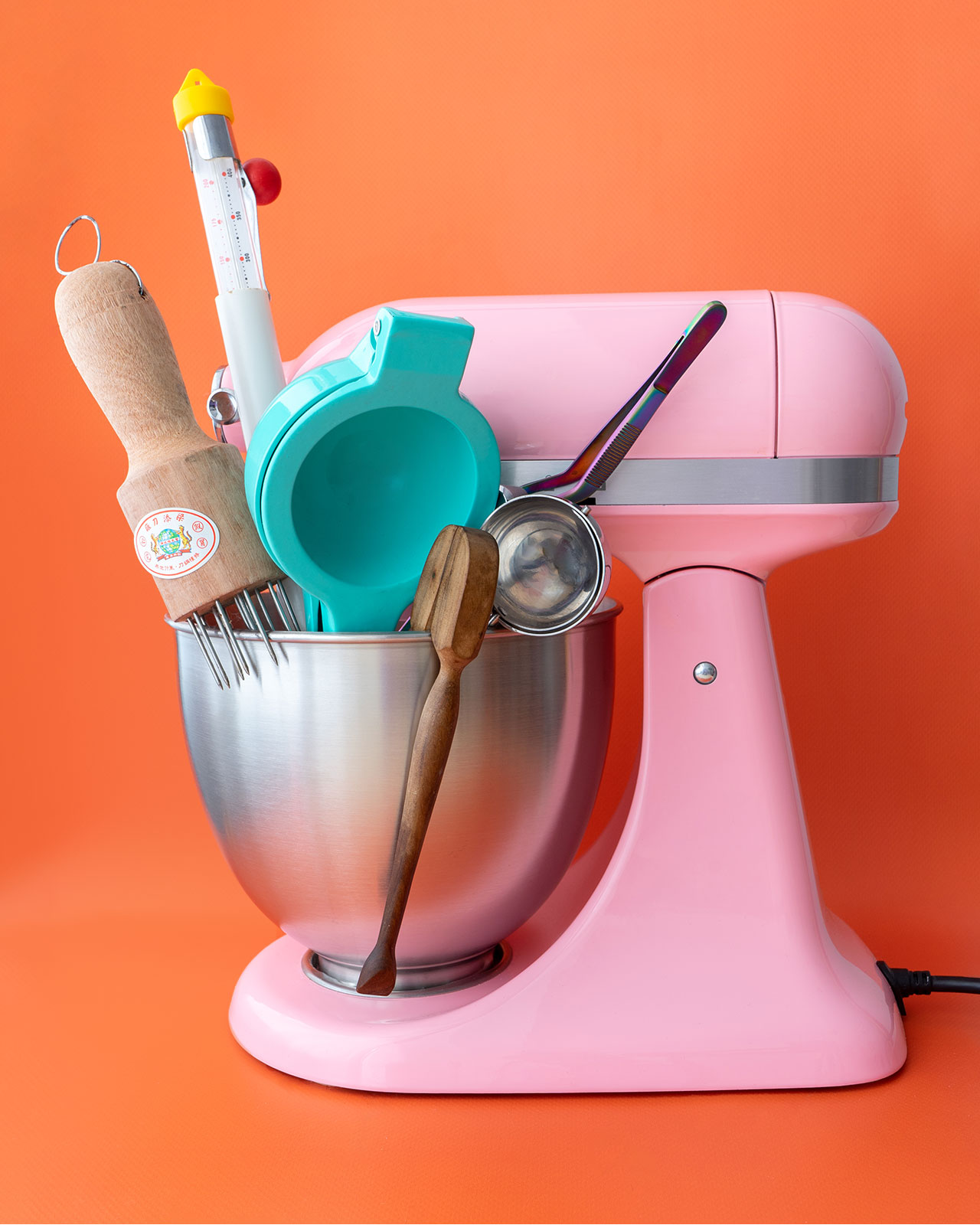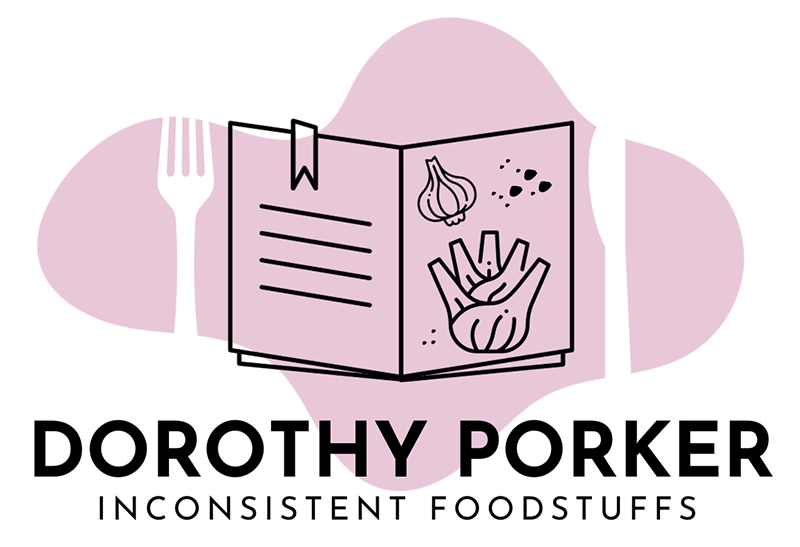
After years of reading recipes and learning to scan them for ease of use, as well as asking people what they look for in recipes, I’ve landed on the way I write mine. If you’ve not visited my website before or feel a bit lost when reading recipes in general, this is hopefully the page for you.
How to use the recipes
So here are some basics on how to use recipes in general as well as how to use mine in particular:
- I’ve categorized my recipes per dietary preference, season, main ingredient and mealtime or component as of 2024, this is to make it easier to find the type of recipe you might be in the mood for. That said, vegan recipes are of course suited to all dietary preferences and I have season or mealtime ‘inappropriate’ meals all the time, I high-key prefer the old fashioned way of having my biggest meal for lunch and having something smaller for dinner. It’s just a guide, nothing is set in stone so please feel free to ignore these suggestions.
- Read the full recipe and gather all the ingredients and materials before you start cooking. This way helps you avoid discovering you’re missing a key ingredient half-way through the cooking process
- I list any ingredient prep (mis-en-place, if you want to be fancy), i.e. cutting, smashing, etc., in the ingredient list, be sure to prep all ingredients before you start cooking. This way you don’t have to rush to finely dice or measure out something in the heat of the moment. I repeat measurements in the recipe so you don’t have to scroll back
- Europeans hate spoons and cups, Americans don’t have scales. If you don’t like spoon and cup measures it’s important to keep in mind that this is about quantities relative to one another more than anything else. As of 2022 I’ve decided to stop including metric calculations for spoon measures because unless you have drug scales they’re kind of ridiculous, Google is free and spoon measures are cheap. Google ‘unit conversion’ or ‘x gr = x oz’ (for example) to figure it out
- Cooking time is always a rough estimate. The first time I cooked a rice table I spent almost 2 days in the kitchen, the last time it took me 3 hours. Given the different levels of experience and ability visitors of this website might have, it’s hard to give an exact indication so I always mention the time over a little what it would take me. This means it may still take you longer than that
- The total cooking time indication can seem long because I take non-active cooking time, such as pressing, marinating or slow-cooking, into account. This is to avoid you having dinner at 3am
- Ovens are assholes and every one of them is different, so I’m afraid you’re going to have to get to know yours and adjust the temperatures according to your personal asshole. This means some recipes will need more time or burn before you get it right. If you’re new to your oven I’d recommend erring on the side of caution and checking at the halfway and three quarters through point to avoid burning in particular. I’m sure there’s an analogy for life in there somewhere
- I try to indicate where you can find ingredients, but I have a South East Asian background, am from the Netherlands, live in France and am heavily invested in food, so what seems easily available to me, may not be available to you at all. Googling, and Googling for replacements, is your best bet. If an ingredient is minor you can probably skip it all together if you can’t find it
- If it’s easier for you to replace an ingredient or element of a dish with a store-bought version, and you think it will work, please do. Just don’t blame me when it doesn’t work
- Taste! A lot of recipes will say ‘according to taste’. Some people find this confusing but it literally means: add flavors and taste until it tastes good to you. If you’re new to cooking or specific flavors I suggest adding pinches at a time and tasting as you go along. The more you eat and cook the more you’ll know what you like and what works for you
Recipe origins and naming conventions
I always try to mention where I got recipes, techniques and ideas from. When a specific recipe or person is involved I will also link to that specific recipe or person provided they have some kind of online presence. When I don’t remember where I got a recipe or idea from I’ll probably mention that too.
When it comes to regional dishes I will try to stick to the original name and place a search engine-friendly name behind it in brackets. If we can all learn to spell boeuf bourguignon we should also be able to learn to spell kimchijeon. In the past I did not always do this, so some of my URL’s are not set up this way.
Why I share my sources
While I don’t give a fuck about what concoctions people come up with in their own homes, I do think people who write about food not only have the responsibility to give credit where credit is due, but also have the power to enlighten rather than misguide their readers.
My main goal in sharing recipes is to get others excited about eating and cooking. By sharing my sources and inspiration I hope I can inspire people to try new things and come up with their own ideas in the kitchen. If I share how I combine recipes, influences and ideas to come up with my ‘own’ stuff, I think I’ll do a better job of that than by pretending to be some kind of magical maker-upper-of-recipes.
Finally, I’d hate to be the one who’s been messing up recipes and their origins and have people travel somewhere, asking for stuff that doesn’t even exist with completely inaccurate expectations of what the food in a specific region will be like, because I misrepresented a cuisine.
This isn’t to say I won’t fuck up. Please feel free to correct me if I do.
